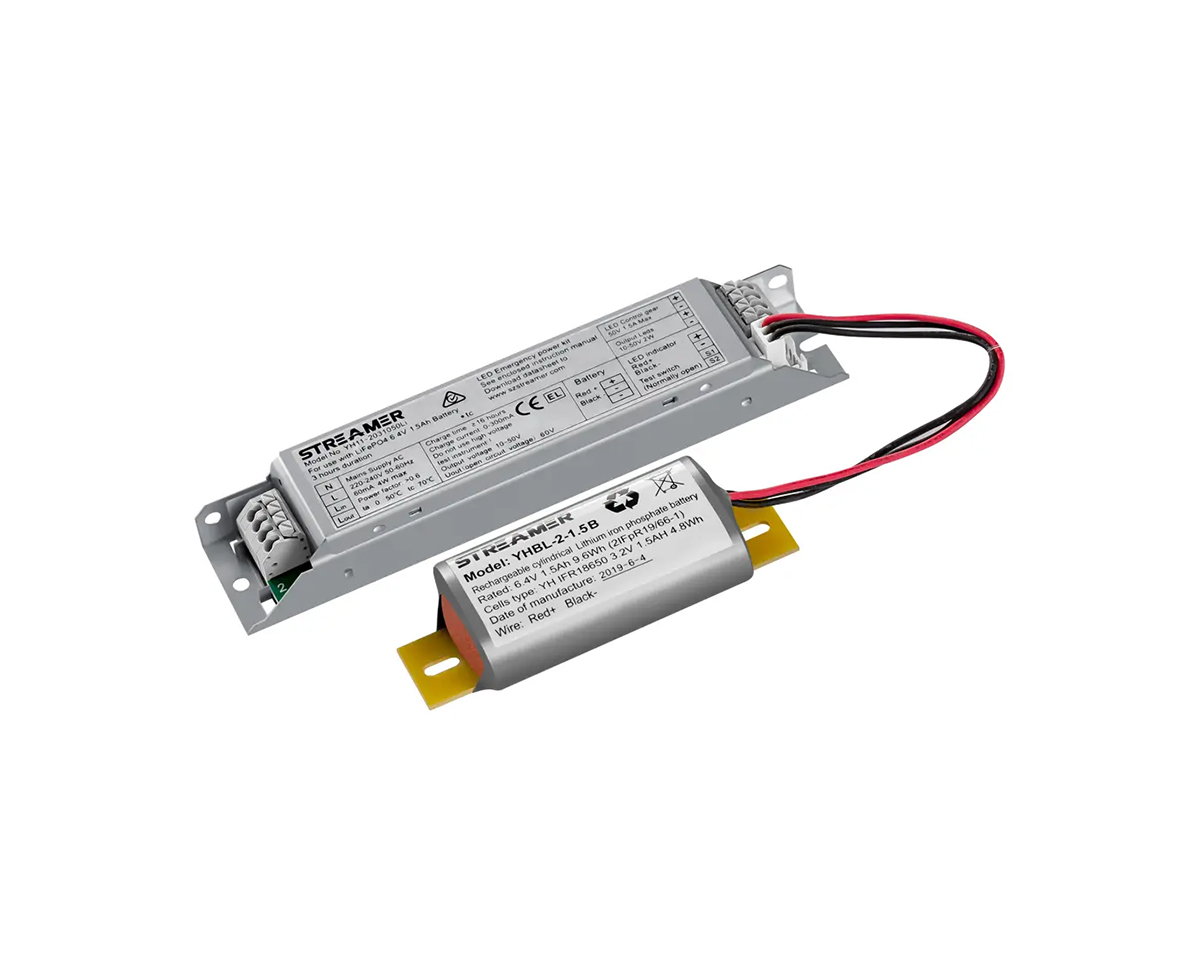 1
1
 Mar 03, 2025
Mar 03, 2025

Streamer BBU (Baseband Unit) is a key component in wireless communication systems, and reducing its power consumption is of great significance for energy - saving and cost - effectiveness.
Hardware - level Optimization
One approach to reducing power consumption at the hardware level is to use more energy - efficient components. For example, modern integrated circuits (ICs) with advanced manufacturing processes can offer lower power consumption while maintaining high performance. By replacing older - generation ICs in the Streamer BBU with these new - generation ones, significant power savings can be achieved. Another hardware - related method is to optimize the power supply design. Employing high - efficiency power converters can improve the conversion efficiency from the input power source to the various components within the BBU. For instance, synchronous rectification techniques in power converters can reduce power losses during the conversion process, resulting in less power being wasted as heat. Additionally, proper thermal management is crucial. Using efficient heat sinks and cooling fans can ensure that the BBU operates at an optimal temperature. When components are not overheating, they can function more efficiently, which in turn reduces power consumption.
Software - controlled Power Management
Software - based power management strategies can also play a vital role. Dynamic voltage and frequency scaling (DVFS) is a common technique. The Streamer BBU's software can monitor the current workload. During periods of low activity, such as when there are fewer user connections or less data traffic, the software can reduce the operating voltage and frequency of the processor and other components. This reduces the power consumption as power consumption in digital circuits is proportional to the square of the voltage and linearly related to the frequency. Another software - controlled method is component - level power gating. The software can identify components that are not in use at a particular moment, such as certain signal - processing modules, and power them off. When the need for these components arises again, the software can quickly power them back on. This on - demand powering of components helps to save power by eliminating unnecessary power consumption.
Operational Optimization
In terms of operational optimization, load balancing can be implemented. If there are multiple Streamer BBUs in a network, traffic can be evenly distributed among them. When a BBU is not over - loaded, it can operate more efficiently and consume less power. Also, adjusting the transmission power based on the distance to the Remote Radio Unit (RRU) can save power. If the RRU is close to the BBU, a lower transmission power can be used without sacrificing communication quality, thus reducing the power consumption of the BBU's transmission circuitry.